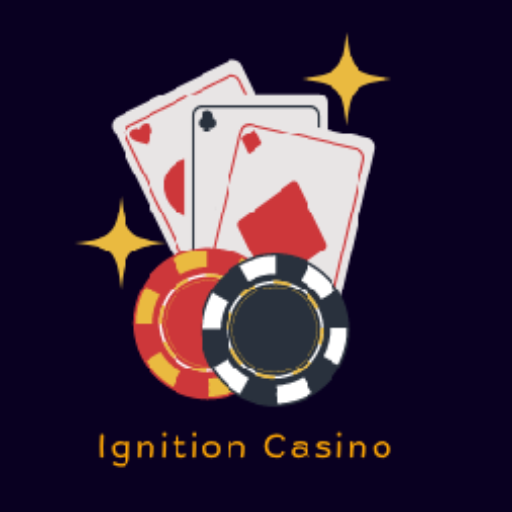Perhaps few words are associated with gambling like chance. Like many gamblers can attest to gambling is a game of chance. To figure out the chances of winning and the prospect of losing, the entire field of gambling relies on the branch of mathematics known as probability. If you have a strong aversion to mathematics, now is the time to drop it. Believe me, If it were possible, I would bypass all the math references but gambling has strong ties with probability and probability has strong ties with math. Besides, I will only be brushing the surface of probability to show you how it connects to gambling.
Here’s my commitment to you if there’s still any bit of aversion to math in you: I will try my best to ensure I present the details of the relationship between probability and maths in a form that just about anyone that can read and write can understand. Ready? Then let’s get started with an overview of probability.
An overview of probability
If I were to summarize the basic idea behind the mathematics of probability into a single line, it would be this: determining the likelihood of an event occurring. The entire field of probability concerns itself with figuring out the likelihood or chance of an event occurring. Probability is particularly useful in the case of random occurrences. And since gambling games are characterized as random occurrences, probability naturally found its way into the activity.
Two numbers define probability at a basic level: zero and one. Zero is used to represent an event that will NOT happen and one is used to represent an event that is CERTAIN to happen. Since there are few events that have absolute certainty in life, a good deal of probability at a basic level happens in a range that spans between zero and one. Events that have a high chance of occuring are represented with a number that is close to one (say 0.9). On the flip side, events that have a low chance of occurring are represented with a number that is close to zero (say 0.1).
The likelihood of an event can also be represented by a percentage. Say an event that has a 50% chance of occurring, will happen half of the time.
Probability can also be expressed in terms of odds. When expressed in terms of odds, it usually portrays the number of ways something cannot happen versus the number of ways it can happen.
Probability and the house edge
How does probability relate to the house edge? To draw the connection between the two, let’s consider a bet on a single number in European roulette. Since there are thirty-seven slots in European roulette, the probability of the ball landing on a specific slot is one out of thirty-seven. Expressed in terms of odds, that would be 36 to 1 (since there are 36 ways the ball cannot land on the specific pocket and just one way it can land on the pocket).
Now the payout for this bet is 35 to 1 which clearly differs from the odds of 36 to 1. The discrepancy between the odds of a bet and the payoff for the bet is due to a casino mechanism known as the house edge. Since bets do not pay at true odds courtesy of the house edge, the casino gets to stay to make money from this discrepancy over the long term.
Since most bets in the casino offer payoffs that are not commensurate with the odds of winning, the casino is guaranteed to remain in business over the long term.
The house edge in practice
To see the house edge in practice, let’s paint a hypothetical betting scenario. Say you are betting $100 over the course of 37 bets on the zero pocket in European roulette. Let’s also make another important assumption; Let’s assume a mathematically perfect distribution plays out over 37 bets.
Remember the odds for the bet is 36 to 1 which means holding or assumption of a mathematically perfect distribution, you will lose thirty-six bets and win just one. The loss of thirty-six bets will tally up to $3600 while the one time you win will give you $3500 at a payoff of 35 to 1; A net loss of $100. Due to the house edge, winning bets in the casino cannot be paid at their true odds which puts the player in a losing position over the long term, when our assumption of a mathematically perfect distribution becomes real.
To figure out the average loss, we simply divide $100 (net loss) by the number of bets (37), which gives us approximately $2.7 loss per bet. We get 2.7% converted into a percentage since we were betting $100 per round.
While you may come out ahead of the casino over the short term, the above illustration portrays what will likely play out over the long term.
New to roulette? Check out our Roulette Tips for Beginners guide on Gamesbelt to boost your strategy and confidence at the table.
